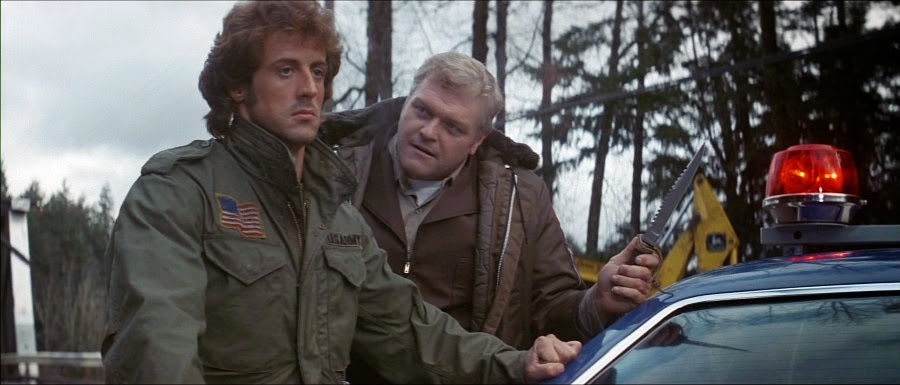Then, in 1982, with a new president in the Oval Office, a new wave of PTSD cinema emerged: the Rambo era. Along with the three Rambo installments that comprised this decade came the reimagining of history, or as famed film critics, Siskel and Ebert, referred to such movies as, “‘this time we win films’.”[9] As much of the scholarship suggests, films of this nature (such as Clint Eastwood’s 1982 Firefox, Ted Kotcheff’s 1983 Uncommon Valour, Joseph Zito’s 1984 Missing in Action, Edward D. Murphy’s 1984 Heated Vengeance, and Fred Olen Ray’s 1986 Armed Response) were much more politically motivated than their predecessors, as they associated U.S. militarism with patriotism and treated PTSD as a weapon and not a defect. Whereas in the post-Vietnam PTSD cinema leading up to this point, veterans suffering from PTSD were seen as either lone, gun wielding, psychopaths like Travis Bickle in Martin Scorsese’s 1976 Taxi Driver, or crippled, debilitated, suicide seekers like Nikonar Chevotarevich in The Deer Hunter, in the Rambo era they were portrayed as righters of wrongs and heroes. Then, as the decade winded down and the Rambo phenomenon exited the filmic scene, yet another wave came in—a wave that would be the last well-documented, and largely popular, of its kind.

